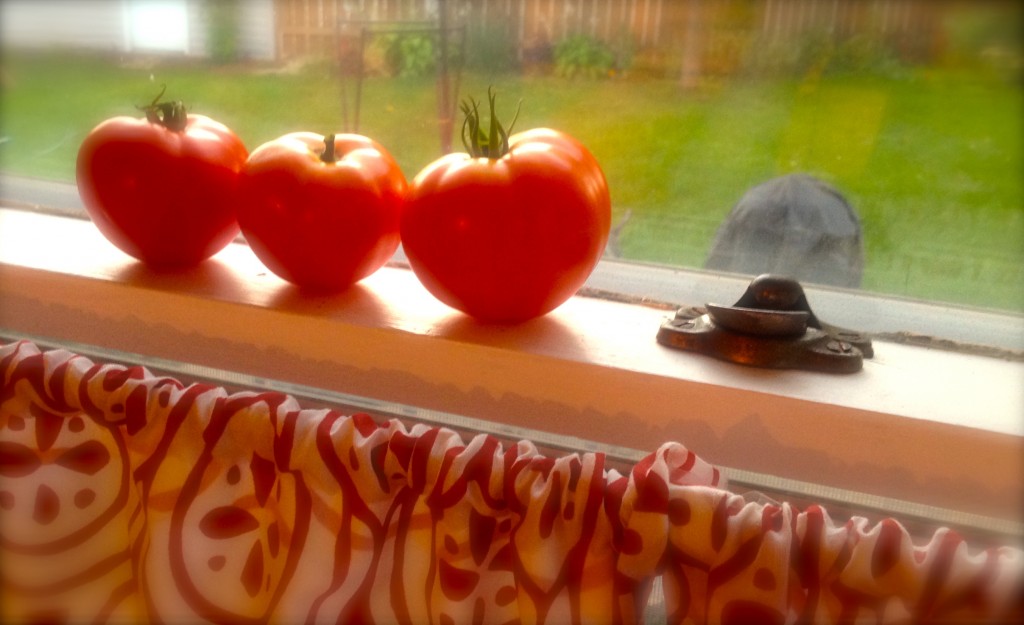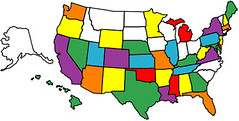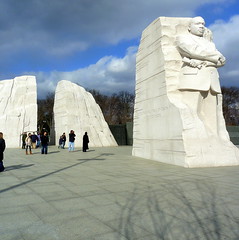
Most people have favorite food memories—maybe a favorite holiday dish or fresh local fruit at its peak. Sociologist Jennifer Jordan talks to The Lake Effect about her new book Edible Memory, all about how food shapes culture, culture shapes food, and collective memory forms around what we grow, cook, and eat.
Jordan says that collective memories come from pieces of the material world, and that food memories are both personal and social. A personal memory about kitchens, food, and gardens often speaks to broader patterns of those things at a particular point in history or regional/local space because food is so often communal. Large groups may share similar food memories, revealing how food brings people together (and sometimes divides).
Tastes in foods change over time, too. Jordan says just as the broccoli florets people tried to feed to the dog as children become adulthood favorites, a similar phenomenon occurs on a much grander scale. The tomato, for instance, is technically a “new world” food from South America. When it reached Europe in the 15th and 16th centuries, people feared the fruit was toxic. Only recently has it become an essential part of the identity of food cultures including Italian and Spanish fare.
Meanwhile, in United States and elsewhere, we see the standardization of foods and genetic strains of produce. Instead of highly local heirloom tomato, a more mass-produced “beefsteak” variety better lends itself to feeding whole populations because of its hardiness during transport. Food, thus, becomes more homogenous on a national level, while, on the regional and local level there remains a more vibrant array of products: individual families and small-scale farmers preserve older genetic strains of plants and older family recipes that use regional produce. Consider okra in the American South, rhubarb in the upper Midwest, springtime fiddlehead ferns in the Northeast, or fresh avocados right off a Southern California tree—can’t you just taste them now?



